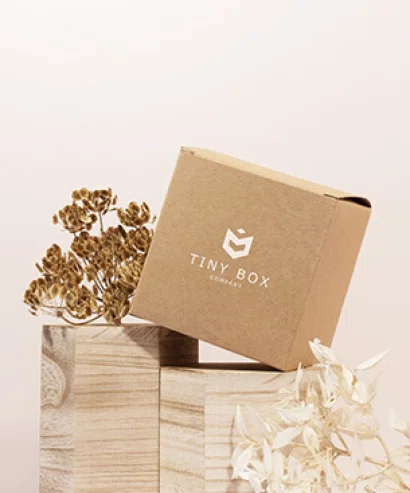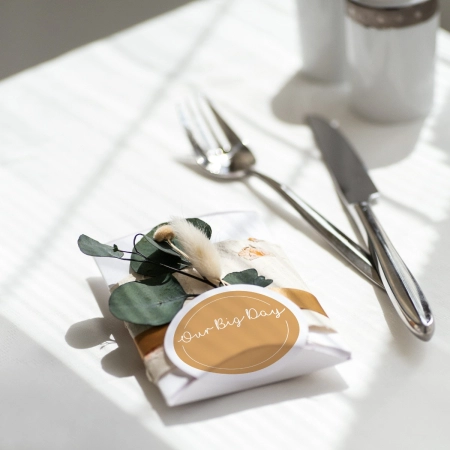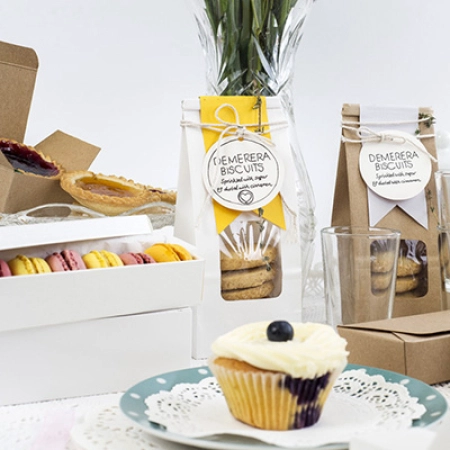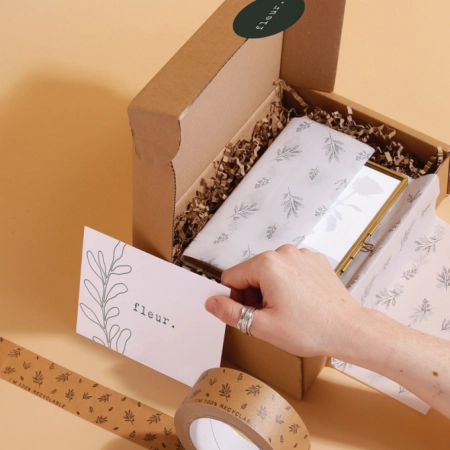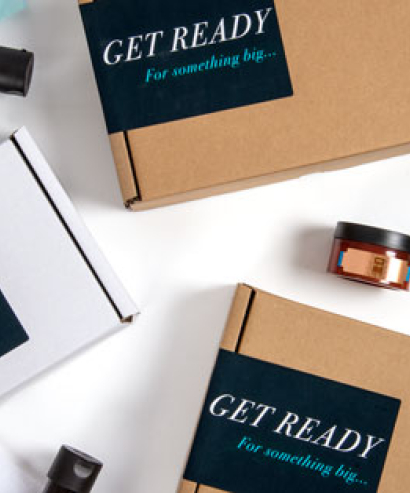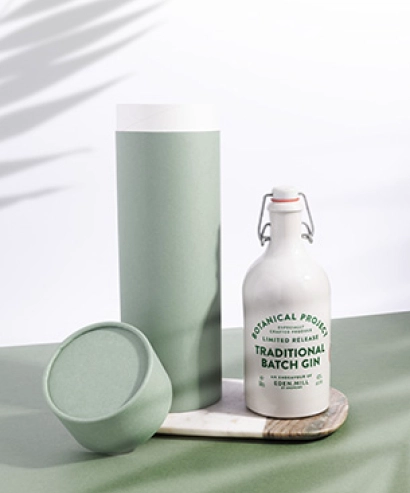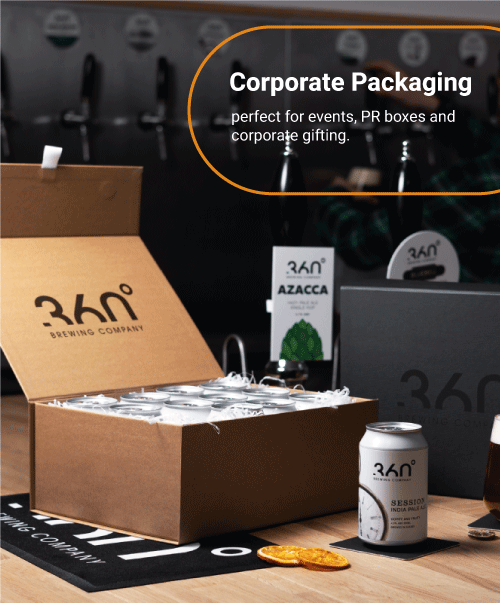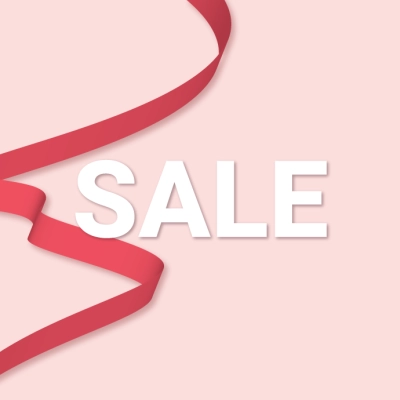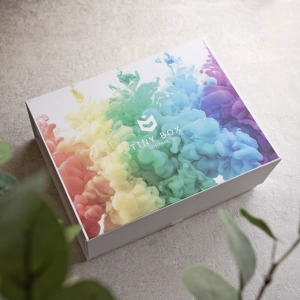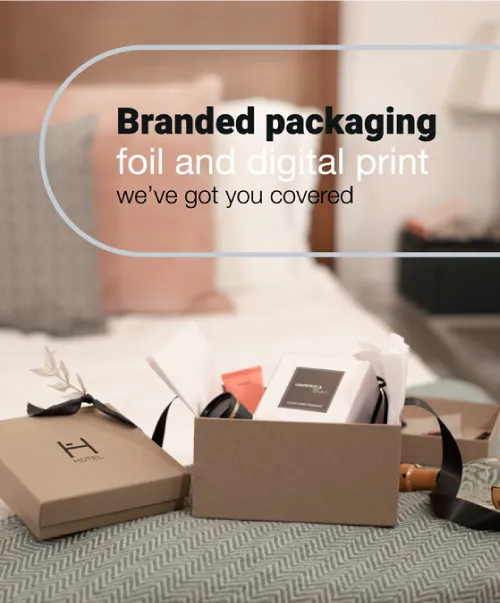
Building Brand AwarenessLike it or not your business has a brand attached to it, and you should treat it like a living thing. It starts off as a seed, then a sapling and before you know it you’re trimming and pruning in a way that would make Mr Miyagi himself proud. Now once you’ve grown this beautiful business bonsai (Businesai?) you’ll hopefully swell with pride and want to show your beautiful creation to as many people as you can and then realise you’ve got no idea how to do that and start having a full-blown crisis. Luckily, you’ve started doing your research and are currently reading this and so I introduce to you: The Tiny Box Guide On How To Get Lots Of People To Look At Your Carefully Trimmed Brand Bonsai. Seriously, why does my editor keep approving this stuff? If you’ve been following so far, by now you’ll know who your target market is, if not here’s a handy-dandy link to the first article in our series of “Tiny Box Guide” that you can use to catch up to the rest of the class. To those of you who did the required reading I pose the question; What’s the difference between brand recognition and brand awareness? Brand Recognition is the initial association with certain visual cues and indicators like colours and logos, whereas Brand Awareness is the association beyond the obvious, like brand values and what makes your specific product different (hopefully better) to competitors. Brand Awareness is the key to customer loyalty, generating the all-important repeat business and word-of-mouth marketing to keep you ticking, especially in the early days. There are hundreds of ways to help you connect customers with your brand and products, and lots of them are specific to the products/service that you’re trying to market, but I’ll try and keep this fairly short and sweet, you’re a busy person after all.
Strong Tone Of VoiceLike I said with branding, like it or not your business has a tone of voice. It could be completely random and dependant on your mood that day, but the way your company presents itself is hugely impacted by your written media and interactions with your clientele. Decide early who you want your business to sound like. Do you want to be friendly and approachable? More stoic and professional? The choice is yours completely, and there isn’t necessarily a wrong option as long as it fits with your brand but ensuring it’s consistent is a bare minimum for brand awareness, it helps to build familiarity and leaves a lasting impression on your customer.
Good SEO/KeywordsGood SEO (Search Engine Optimisation) is one of the most fundamental skills for online businesses, because it’s the language that the all-powerful machines use to show you how relevant a piece of content is. When you type something into Google, it uses AI to trawl through every piece of content on the internet and show you the most relevant (or highest ranking) piece for you. The difference between good SEO and bad SEO isn’t always easy to discern to the average reader and tech-savvy businesses employ either an individual to help write SEO content for their products or use tools like SURFER or erank to help create great SEO by comparing effective, relevant keywords.
Referral ProgramsWhat better way to turn existing customers into walking-talking advertisements? Referral programs can be a great way to both retain customers and grow your customer base. By offering an incentive to customers when they share you online or in person, not only are you giving your customer a reason to stay and continue using you but you’re creating an opportunity for the new customer to join and do the same, for example many banks offer deals like “Invite a friend and you’ll both split £200” but perhaps the most successful example is Dropbox. In September 2008 Dropbox reported only (only is a relative term here) around 100,000 users. By January 2010 this had reached 4 Million, before reporting a staggering 400 Million October 2015. That’s more than a 3900% increase. How? Referrals. Dropbox offers an extra 500mb of free storage for each person that signs up using your referral link, up to 16GB of free storage. These numbers are doubled with Dropbox Plus customers and so it’s easy to see how the this explosive growth happened.
Be Part Of A CommunityBeing in a small business community can be a massive help in business because people are usually willing to offer help and share resources or statistics, it means that you don’t always have to do 100% of the work yourself, it can also lead to great cross-marketing opportunities like a guest spot on a podcast or youtube video, a guest blog post, or even collaborating on a new product together. Any number of these things gives each party access to the other’s fanbase.
Strong Social Media PresenceChances are nowadays you’re already on social media and so at least partially recognise the value of connectivity. By using social media you create an opportunity for your followers to engage directly with you, a company they hopefully feel passionate about. Engaging with people in this way not only helps you offer positive resolutions to any issues, but allows you to shine a light on the wider things your company stands for. The great thing about social media nowadays is that they often have built-in analytics tracking, meaning you can track engagement over time and see what parts of your business really resonate with your audience, which you can take one step further by using tools like Later, where not only can you schedule your posts to be released, but services like these also often offer all your analytics in one place to save you time going between all your accounts. Like I said, there are far too many methods to get into in one guide but these are a great high-impact starting point for you to keep you busy. I believe in you |




